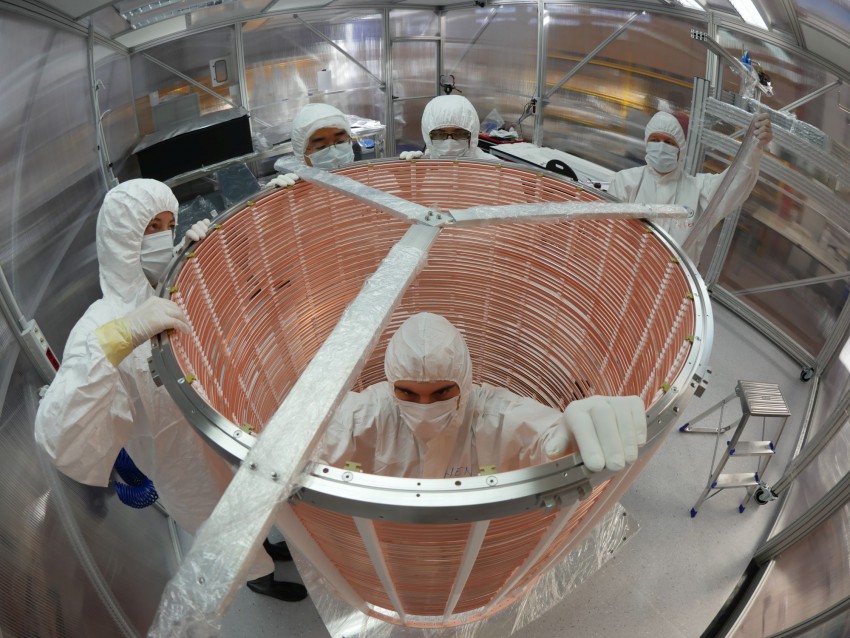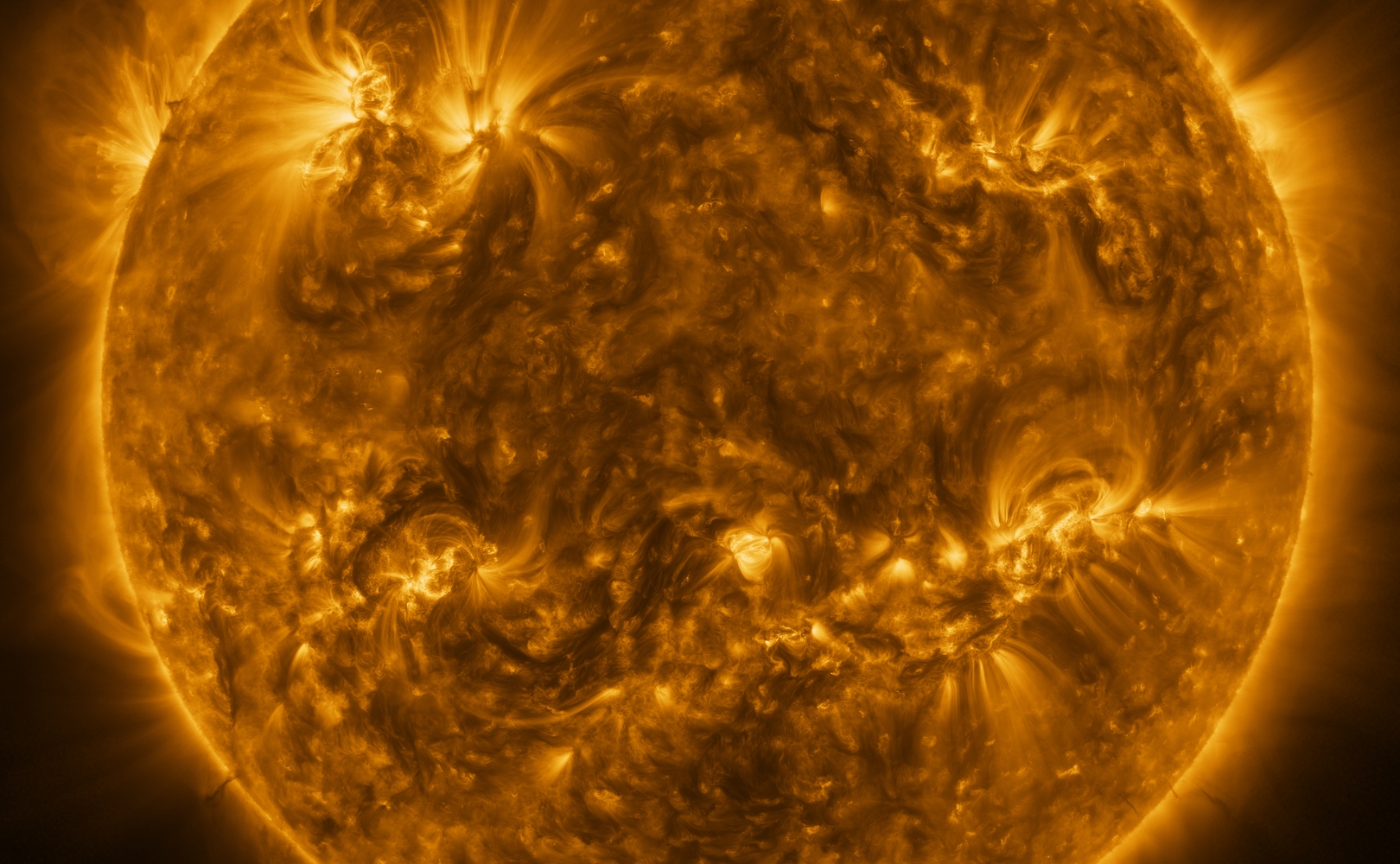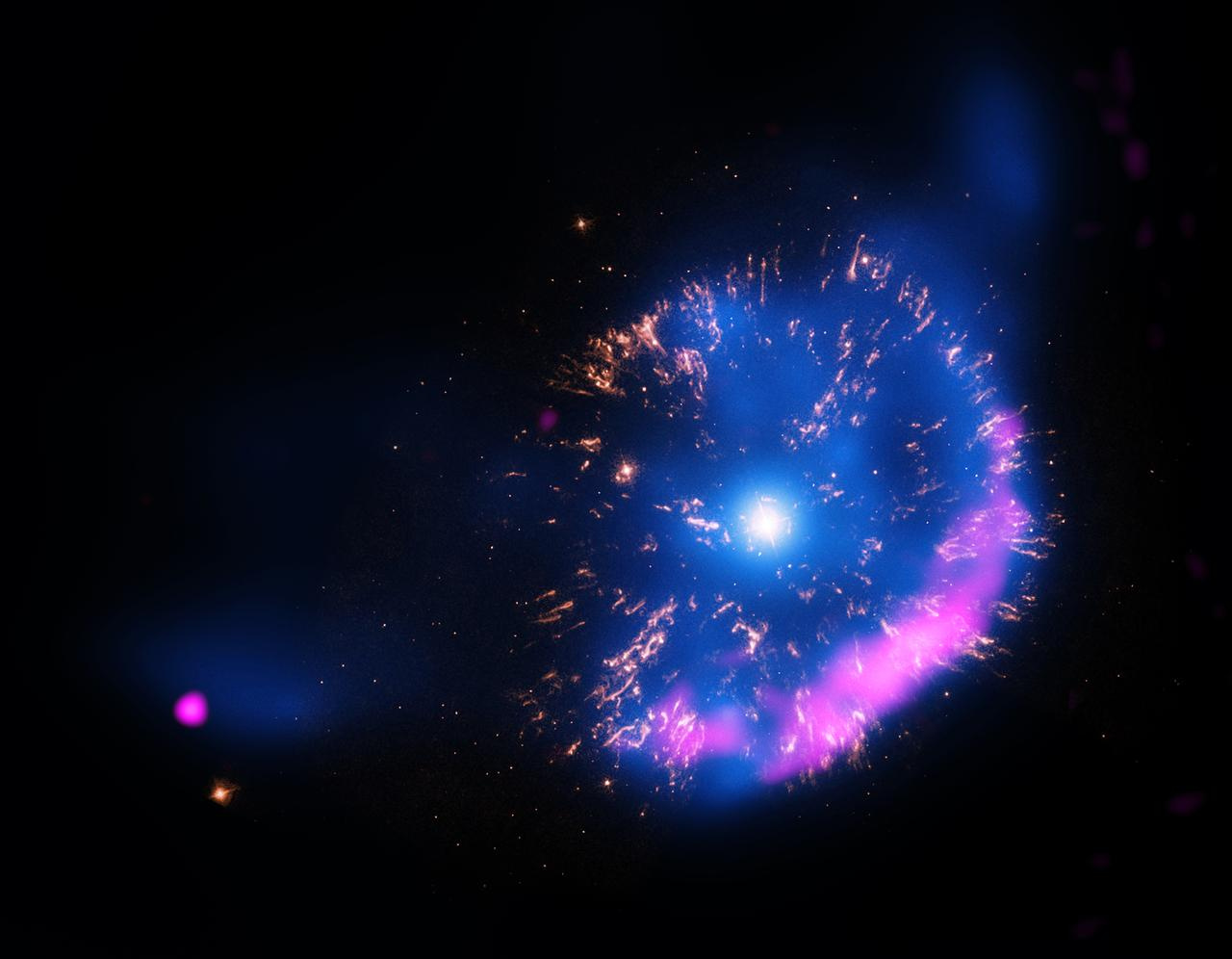
The XENON1T experiment was conducted deep in the Italian Alps Dark energy can be detectedsay members of an international research group led by scientists from the University of Cambridge. in a Article – Commodity Published in Physical Review D, scientists from the United Kingdom, Italy, the Netherlands, France and the United States reported that some of the unexplained signals may be caused by the interaction with dark energy, not the dark matter for which XENON1T was designed.
XENON1T is located in the Gran Sasso National Laboratory in Italy, located 1400 meters below the Gran Sasso Massif. It’s a dark matter detector, and its location deep in the Earth protects against cosmic radiation that generates false signals. According to theoretical assumptions, dark matter particles will collide with atoms in the detector, and signals from the collisions will be recorded.
The central part of XENON1T is a 1 meter cylindrical tank filled with 3200kg of liquid xenon at -95°C. When dark matter collides with a xenon atom, the energy goes to the nucleus, excitating the nuclei of other atoms. As a result of such excitation, a weak emission of ultraviolet radiation occurs, which is detected by sensors above and below the cylinder. The same sensors are also able to record the electric charge that occurs in the event of a collision.
A year ago, we reported that “the most sensitive dark matter detector has recorded unusual signals. Physicists don’t know what they are,” and a few months later, news emerged of some interesting hypotheses about these signals. At the time, no one thought dark energy might be the answer to the mystery, because XENON1T wasn’t ready to record it.
The authors of this latest study have created a physical model that explains some of these fascinating signals. Accordingly, we are dealing with particles of dark energy that originated in a region of the Sun with strong magnetic fields.
What we can perceive now represents less than 5% of the universe. Everything else is dark for us. The universe is made up of 27% dark matter and 68% dark energy. Despite the fact that both components are invisible to us, we know a lot about dark matter, the existence of which was suggested as early as the 1920s. We discovered that there must be dark energy only in 1998Dr Sunny Fagnozzi is of the Kavli Institute of Cosmology at the University of Cambridge. Large experiments such as XENON1T are designed to directly detect dark matter by capturing collisions between its particles and those of ordinary matter. However, dark energy is more difficult to capture.
In order to detect dark energy, scientists are looking for evidence of the effect of gravity on the environment. We know that on the larger scale – the entire universe – dark energy is pushing things apart, so the universe is expanding faster and faster.
In this type of complex research, unexplainable signals often appear, which after analysis usually turn into various types of disorders. When the aforementioned mysterious signals were recorded on the XENON1T last year, some ideas emerged as to what might be coming up. The most common explanation was that they recorded axions, the hypothetical particles that make up dark matter, and that they came from the Sun. However, the analyzes showed that the number of axons that would have to reach us from the Sun to release such a signal in XENON1T would have to be very large. So large that if stars emit many axions, stars with a mass greater than the mass of the Sun would evolve in a different way than they do now.
So the authors of the latest research hypothesized that the mysterious signals are caused by dark energy. And they created a model that shows what XENON1T should record if dark energy generated in the tachocline, a region of the Sun where magnetic fields are very strong, reaches it.
The scientists were surprised to find that their model matches the observations. The results obtained indicate that detectors such as XENON1T can also be used to search for dark energy. However, Vagnozzi and colleagues are conservative that their research still needs confirmation. We need to know that this is not a bug. However, if XENON1T records something, then in the near future we should record similar, but much stronger signals, says Luca Vecinelli of Frascati National Laboratories in Italy.
Scientist here means research that is done by much larger and more perfect machines. Like LUX-ZEPLIN, XENONnT or PandaX-xT, which have already started working or will start working in the near future.

Echo Richards embodies a personality that is a delightful contradiction: a humble musicaholic who never brags about her expansive knowledge of both classic and contemporary tunes. Infuriatingly modest, one would never know from a mere conversation how deeply entrenched she is in the world of music. This passion seamlessly translates into her problem-solving skills, with Echo often drawing inspiration from melodies and rhythms. A voracious reader, she dives deep into literature, using stories to influence her own hardcore writing. Her spirited advocacy for alcohol isn’t about mere indulgence, but about celebrating life’s poignant moments.










